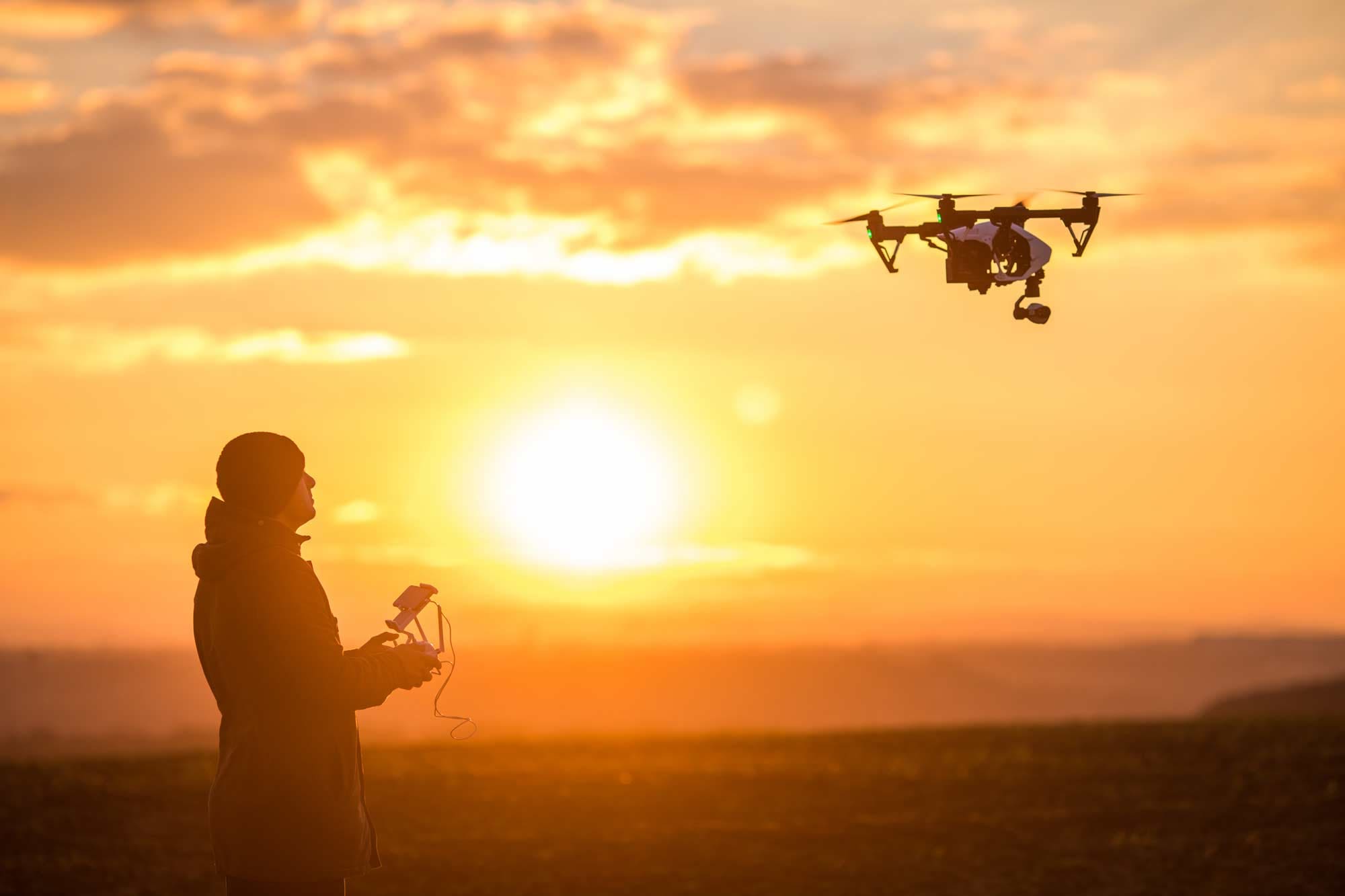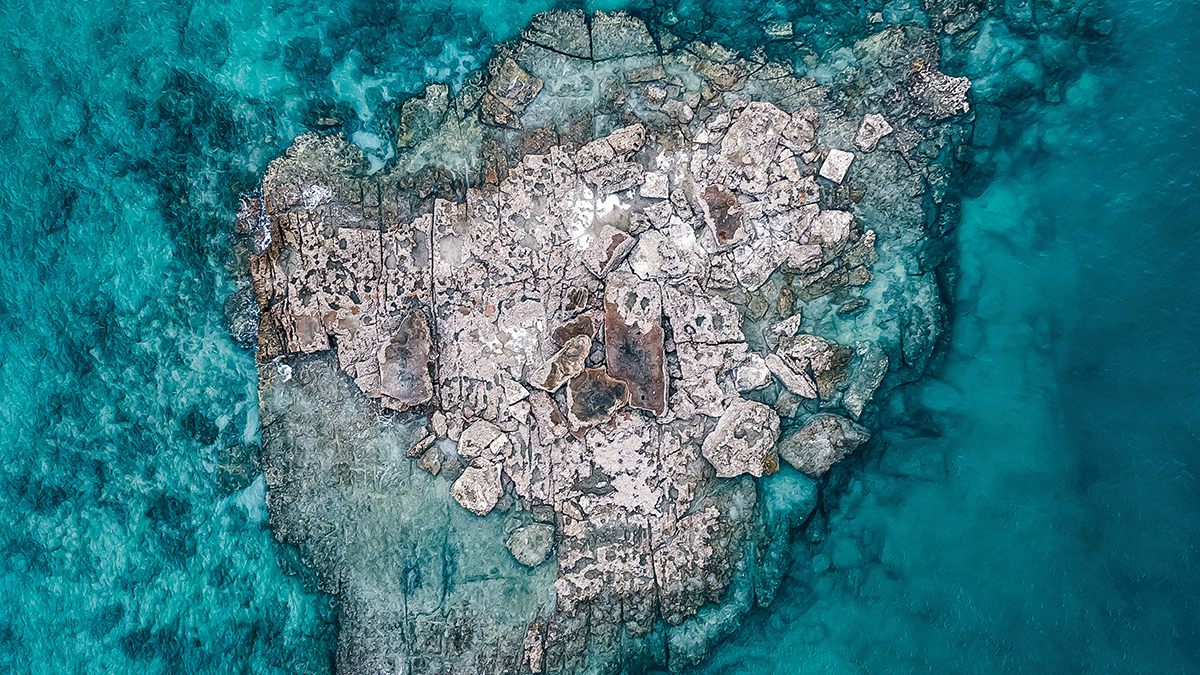Transform Your Perspective: The Art and Scientific Research Behind Drone Digital Photography
Drone digital photography represents a significant junction of creative vision and technological innovation, making it possible for makers to record point of views formerly unattainable. Comprehending the auto mechanics of drone technology, from tools selections to structure techniques, is important for achieving engaging imagery. In addition, factors to consider such as lights and environmental conditions can profoundly affect the last end result. As digital photographers fine-tune their skills in both aerial strategy and post-processing, they open a richer narrative possibility. Yet, what really distinguishes efficient drone digital photography from mere aerial photos? Discovering this inquiry reveals deeper insights right into the craft and its developing landscape.
Understanding Drone Technology
Understanding drone modern technology is important for anybody interested in harnessing its capacities for photography. Drones, or unmanned aerial vehicles (UAVs), count on a combination of hardware and software program to attain trip and capture images. At their core, these tools are furnished with sensing units, video cameras, and navigation systems that permit them to fly autonomously or be managed remotely.
The key parts of drone innovation include the trip controller, which works as the brain of the drone, refining data from different sensors to make certain secure flight. Additionally, GPS innovation plays a critical duty in navigation, allowing drones to follow pre-defined flight paths and keep their position even in challenging problems.

Furthermore, comprehending the governing landscape bordering drone use is essential, as it regulates where and exactly how drones can be run, guaranteeing safety and security and conformity. Knowledge with these elements of drone modern technology equips professional photographers to optimize their innovative capacity while sticking to lawful guidelines.
Necessary Devices for Drone Digital Photography
Picking the best equipment is critical for accomplishing exceptional lead to drone digital photography. At the heart of this setup is the drone itself, which should be chosen based on trip stability, video camera top quality, and ease of usage. Popular versions often feature integrated high-def electronic cameras that capture stunning aerial pictures.
Along with the drone, buying a top notch cam is vital. Many drones come furnished with cams with the ability of shooting in 4K resolution, yet for professional-grade outcomes, take into consideration a drone that permits for interchangeable cams or supports larger sensors. This flexibility can considerably boost picture top quality.
Stablizing is an additional key aspect. A three-axis gimbal is suggested for smooth video footage, lessening resonances that can interfere with photo quality. In addition, additional batteries and a trusted battery charger make sure prolonged trip time, enabling for more comprehensive shoots.
Grasping Structure Strategies
Grasping composition techniques is basic to boosting your drone digital photography from average to extraordinary. A well-composed image catches the customer's focus and shares an effective narrative.
One of the important principles to think about is the regulation of thirds, which entails dividing your frame right into a grid of nine equivalent parts. Placing essential aspects along these lines or at their intersections develops visual interest and balance. In addition, leading lines can direct the audience's eye via the picture, drawing attention to the subject and including depth.
One more reliable technique is framing, where all-natural elements such as trees or structures enclose the subject, boosting the focal point. This technique not only offers context but likewise produces a feeling of intimacy within the scene.

Lastly, always be conscious of the perspective line. A jagged perspective can distract and detract from an or else captivating photo. By mastering these composition strategies, you can considerably improve the effect of your drone photography.
Lighting and Weather Factors To Consider
In drone digital photography, the interplay of lighting and weather can considerably affect the quality and mood of your photos. Ideal illumination conditions are vital; the gold hours-- quickly after daybreak and prior to sunset-- supply soft, diffused light that boosts shades and lessens extreme darkness. During these times, the landscape appears much more vibrant and dynamic, allowing for spectacular airborne shots.
On the other hand, cloudy skies can produce a flat, low-key palette, yet they can likewise give even lighting that reduces contrast and highlights information in the environment. This can be helpful for capturing appearances in urban setups or intricate patterns in nature.
Weather condition problems, such as rainfall, snow, or haze, can also add special components to your photography. Haze can produce this hyperlink a feeling of secret, while rainfall can improve shades and saturate the landscape. Nevertheless, it is important to think about the security of your drone; flying in adverse weather can cause equipment damage or loss of control.
Ultimately, recognizing how lights and weather condition affect your airborne shots allows you to pick the suitable problems for your drone photography, making certain engaging and visually striking pictures.
Post-Processing Advice
After recording magnificent airborne photos, the following step includes refining those shots with post-processing. This crucial phase enhances the visual effect of your photos, permitting you to highlight the one-of-a-kind viewpoints that drones give.
Begin with software application tools like Adobe Lightroom or Photoshop, which supply durable modifying capabilities. Begin by correcting direct exposure and white balance to ensure that your shades appear true to life. Make use of pie chart checks to achieve optimum illumination levels, avoiding too much exposure or loss of information in darkness.
Following, enhance contrast to add depth to your pictures. Readjusting clarity can sharpen essential information without introducing noise, which is particularly advantageous in aerial shots where structure plays a considerable role. Don't shy away from cropping; this can help focus the visitor's focus on the main topic.
Shade grading is an additional effective device. Explore saturation and vibrance to make the landscape pop, however use these changes sensibly to maintain Recommended Reading an all-natural look. Take into consideration applying a mild vignette to guide the customer's eye towards the facility of the picture. By grasping these post-processing methods, you can raise your drone photography to new elevations.
Verdict

What really distinguishes efficient drone photography from simple airborne snapshots? Several drones come geared up with cams qualified of capturing in 4K resolution, however for professional-grade outcomes, take into consideration a drone that permits for compatible electronic cameras or sustains bigger sensing units. By mastering these composition techniques, you can dramatically boost the impact of your drone photography.
In drone photography, the interplay of illumination and weather can substantially affect the high quality and state of mind of your pictures (drone photographer coeur d'alene). By grasping these post-processing methods, you can raise your drone photography to new heights